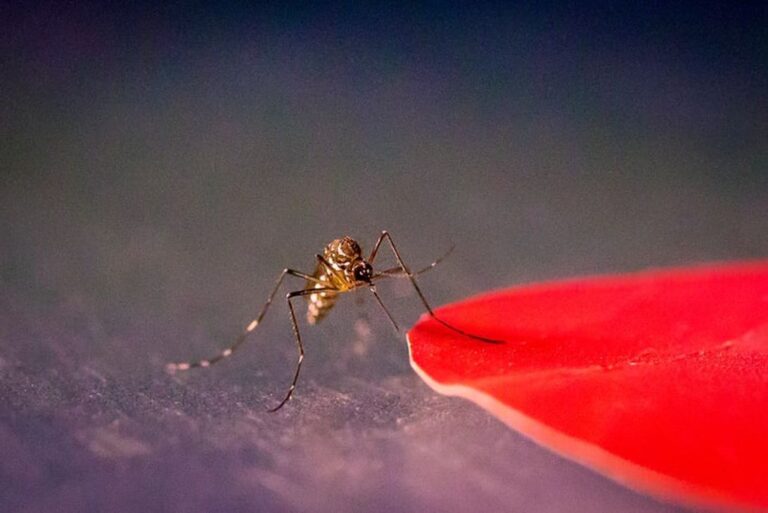“In between stand or lie test tubes, instruments, needles, cover slips, microscope slides,” he wrote to his best friend, “so that when I am busy working there is not a spot left on which I can rest my hand.” Each morning at daybreak, he made his way to the docks to buy fresh eels from the local fishermen, then returned to his desk to work for four hours, taking a lunch break of precisely one hour before resuming for another five hours until dusk, then heading out for his thinking-walk, noting the uncommon beauty of the local women.
As they make their way up the riverine lungs of the land, another metamorphosis takes place and they become yellow eels — small but mighty serpentine swimmers who now have jaws, tiny scales and tiny gills, and a tender mohawk of soft fins along the back and belly. This is the eel as an adolescent — but it is an epochal adolescence that can last for decades. The eel spends most of its life in this guise, hunting at night in its enigmatically chosen home, feasting on fish and frogs, snails and dragonflies, mice and small birds, hibernating for long periods.
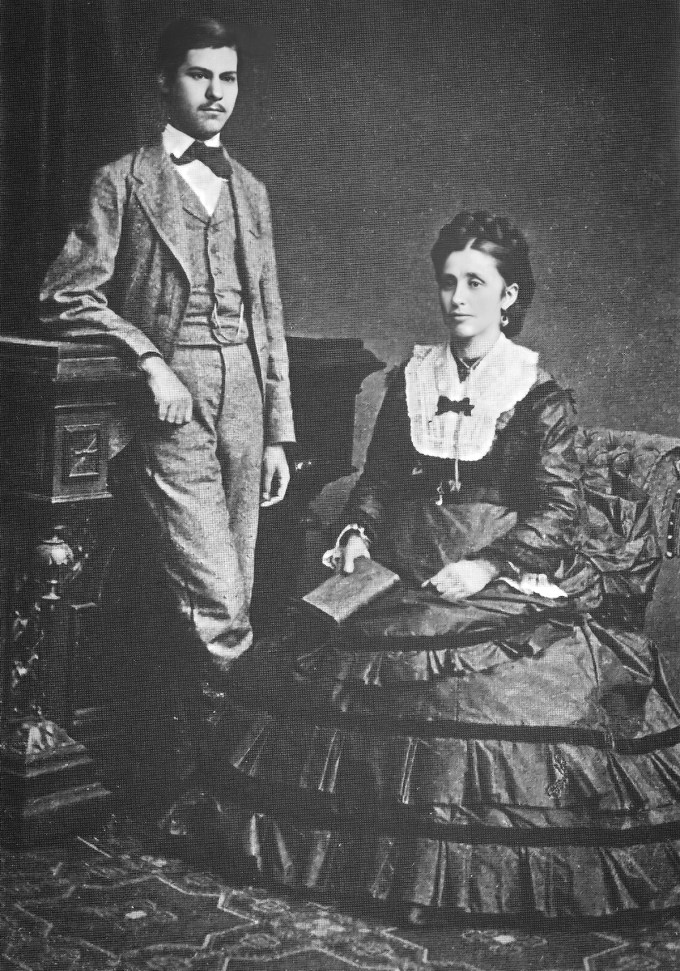

The eel can suspend its own aging and live nearly a century. It can migrate thousands of miles, swimming as much as thirty miles per day, then settling to live in a single place for decades. It can survive years without any food and can crawl through dry land for hours in search of the next riverine leg of its indomitable migration. No one knows why it chooses what it chooses as the home in which to live out the prime of its life before returning to its birthplace to spawn and die, or how it makes its way back. Human eyes have never seen a single eel, living or dead, in the Sargasso Sea where it begins and ends its otherworldly life.
Science has come up against many mysteries, but few have proven as intractable and difficult to solve as the eel. Eels have turned out to be not only uncommonly difficult to observe — due to their strange life cycle, their shyness, their metamorphoses, and their roundabout approach to reproduction — but also secretive in a way that comes across as deliberate and preordained. Even when successful observation is possible, even when you get really close, the eel seems to pull away.
For all this diligence and devotion, Freud failed to find the male gonads. Other scientists kept trying, and failing. Svensson writes:
This uncertainty about the fundamental nature of the eel has often led to some distance between us and them. People have found eels frightening or disgusting. They’re slimy and slithery, look like snakes and are said to eat human bodies; they move surreptitiously, in the dark and the mud. The eel is alien, unlike other animals, and regardless of how ubiquitous it has been, in our lakes and rivers and on our tables, it has always remained a stranger in some respects.
And then, suddenly, the solitary yellow eel is overcome by the urge to reproduce and enters its final metamorphosis to begin the journey back to the Sargasso Sea. The onetime tender willow leaf now becomes a mighty silver eel, its yellowish-brown body saturating into black, its sides gleaming with silver and adorned with dark stripes. Its reproductive organs bloom into being. Its eyes grow large and blue in preparation for navigating the short-wavelength nocturne of the deep ocean. Its stomach dissolves, its digestive system shuts down, and the eel becomes a metabolic monastic — from this point on, throughout the thousands of miles down rivers and across open ocean, the female will only use her fat reserves for fuel as her body fills with roe. Somehow, as if by magic, she makes her way back to the Sargasso Sea.
Twenty years after Freud’s failed efforts, a sexually mature male silver eel was finally found off the coast of Messina in Sicily. And thus, the eel had finally become a fish. A creature not so dissimilar from others.
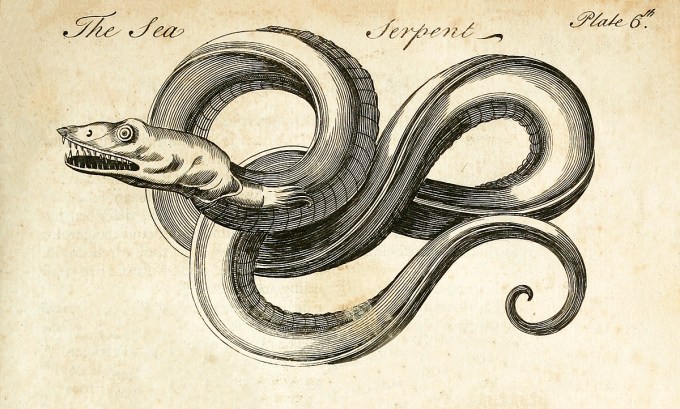
No one knows why they go the way they go, which is always one way, or how they get there, which is not really a there, for the Sargasso Sea is not really a sea but a patch of open ocean bounded by four mighty currents, with no clear borders, named for the brown Sargassum algae that rise from its basin like a magic forest at the bottom of the world and cover its surface with miles-wide drifts of magic carpet. It is a fitting place for the spawning ground of the eels, Anguilla anguilla, for they are creatures whose mystery borders on magic.
And then, in 1876, a nineteen-year-old medical student with a passion for zoology and evolutionary biology took it upon himself to solve the ancient riddle. His name was Sigmund Freud and he was determined to discover the testicles of the eel, after hearing that a Polish zoologist claimed to have found a mature male eel, inside which he had found a lobe-shaped organ that vied to the the long-theorized gonad. But since dissection of a dead animal could never illuminate the workings of the living organism, it was unclear whether that organ could produce semen and was indeed reproductive. More observation was needed, patient and possibly doomed.
“As they passed through the surf and out to sea,” Rachel Carson wrote of the eels completing their return journey, “so also they passed from human sight and almost from human knowledge.” Her lyrical 1941 book Under the Sea-Wind, which always remained her favorite piece of writing, brought that otherworldly life of the eel to the human imagination for the first time in a systematic chronicle of its science and its enduring mystery. In the near-century since, humanity has made little progress in solving the enigma of the eel, so that Carson’s poetic prose reads today as resonant with wonder as ever:
For millennia, humans had never encountered a male eel. (Because, we now know, the females are the ones who traverse the land up rivers and streams, while the males remain stationed at river mouths awaiting their return so they can swim the final leg of their life-cycle together back to the Sargasso Sea.) This so puzzled Aristotle that, despite his landmark contributions to zoology and his general scientific bend, he concluded the eel sprang from mud. The Egyptians believed it emerged from nothingness once the sun warmed the waters of the Nile. In the ancient cultures of the British Isles, eels were thought to come alive when horse hairs fell into the water. By the Middle Ages, with a male yet to be found, the eel was pronounced a hermaphrodite, capable of performing both genders in a single body to fertilize itself. In the eighteenth century, it was classed with serpents and illustrated alongside mermaids in the world’s first color encyclopedia of marine life.
Once hatched, the tiny larvae, half-blind and translucent and known as willow leaves, immediately begin their journey toward land, traversing thousands of miles of open ocean on the wings of the Gulf Stream, until they land ashore. There, they undergo their first metamorphosis and become glass eels — slippery transparencies the length of a pinky — adapting instantly to this freshwater chapter of their lives.
[…]
What neither Freud nor [other scientists of his time] knew was, of course, that eels have no visible sex organs until they need them. Its metamorphoses are not just superficial adaptations to new life conditions. They’re existential. An eel becomes what it needs to be when the time is right.
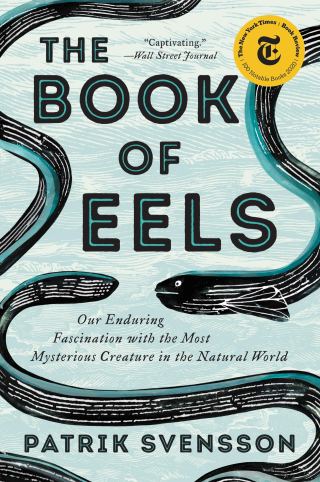
So it is that the teenage Freud ended up in a ramshackle laboratory on the Mediterranean shore. He took up quarters in a tiny room in Trieste and set up his worktable under its sole window. He stationed his microscope in one corner of the desk, his dissection dish in the other, his notepad and four sharpened pencils at the center, and his arsenal of specimens in the front — various glass vessels, pans, and bowls containing whole “beasts” or eel bits in seawater.
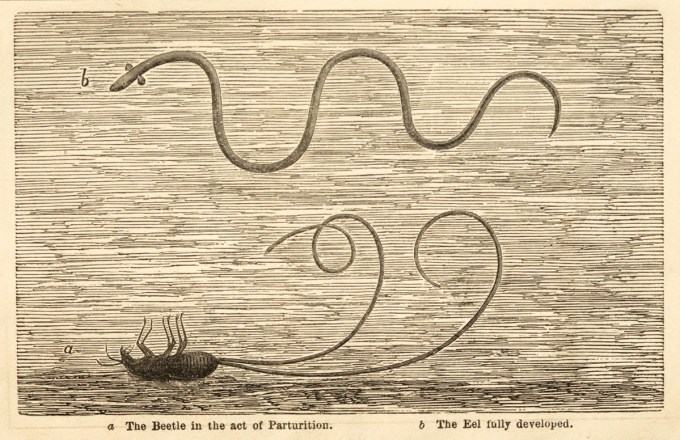
No one knows how the eels traveled to their common destination… But somehow they came to the continent’s edge, where the muddy slopes of the sea’s wall fell away steeply, and so they passed to the deepest abyss of the Atlantic. There the young were to be born of the darkness of the deep sea and the old eels were to die and become sea again.
In nineteenth-century Germany, finding a gendered eel became a national sport when newspapers announced a reward of fifty marks to anyone who could send in an eel carrying roe, which a renowned professor was to examine. The government fishing agency was to pay for all postage. After hundreds of eels turning up from every corner of the country — half-rotten eels, half-eaten eels, eels full not of roe but of parasites — not a single sexually mature eel was found and the government agency nearly went bankrupt. Eventually, the first roe-laden eel was discovered in 1850, but this still left the mystery of the ghostly male unsolved.
And yet this creature remains Earth’s greatest living mystery — a mystery the natural and cultural history of which Svensson traces in the wholly wondrous Book of Eels, folded into which is a tender memoir of his father, who shaped his own relationship with the eel. Complement it with this excellent Gastropod episode about reinventing the edible eel, then pair it with the equally and differently wondrous evolutionary-cultural history of the oyster.
In his fascinating Book of Eels (public library) — a homily on science and on mystery, synthesizing everything we know so far about the eel, how we came to know it, and the vast everythingness of the remaining enigma — Patrik Svensson reflects on the eel as “a fish that transcends the piscine condition” and writes:


